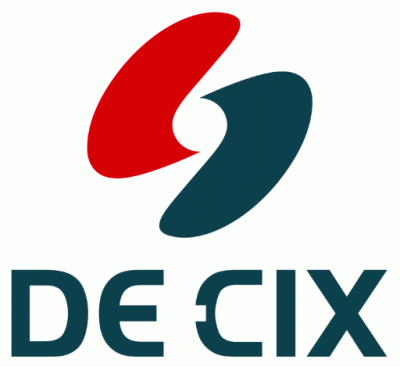


|
||
|
||
 When to Peer and When to Use Transit
When to Peer and When to Use Transit
by DE-CIX (click to download)The Internet is often described as a network of networks. In reality though, staying connected is often more complicated than that, especially as internet traffic volume increases by more than 40 percent every year. In an age when there are so many computers and people to connect, IP transit versus peering has become a network growths biggest dilemma. Both interconnection strategies have their own unique performance advantages and challenges, so it can be difficult to know which is best for a small hosting provider, content publisher, an ISP or anything in between.
DE-CIX, the world’s leading Internet Exchange (IX) operator and owner of the fastest-growing IX in the New York and Dallas metro markets, has produced a whitepaper, “When to Peer and When to Use Transit”, expressly to aid businesses with this complex deliberation. The report, titled “When to Peer and When to Use Transit,” summarizes peering and transit methods and utilizes a study by Adnan Ahmed, Zubair Shafiq, Harkeerat Bedi, and Amir Khakpour to investigate the different aspects and performances of the two to help businesses make the most informed decision. Ultimately, peering is deemed the more fruitful and efficient method when considering factors such as latency, network quality, end user experiences and network costs. However, it is important to note that peering over transport is also available and has the ability to directly gain access to a peering platform leveraging a direct transport connection.
The large-scale, empirical study cited in the whitepaper, titled “Peering vs. Transit: Performance Comparison of Peering and Transit Interconnections,” used Javascript to conduct application layer latency measurements. These measurements were taken between 510,000 clients in 920 access Internet Service Providers (ISPs) and multi-homed Content Delivery Network (CND) servers. Leveraging 33 IXs around the world, the study collected more than one million latency measurements from both peering and transit pathways across a period of two years.
Two important considerations when choosing interconnection strategies are propagation and queuing delays. The former is the amount of time it takes a packet to travel from sender to receiver, while the latter is the sum of delays encountered by a packet from the time of insertion to the time of delivery. The study found that peering paths not only outperform transit paths in terms of propagation delay due to their shorter path lengths, but they also have smaller queuing delays. The results showed that 68 percent of the included Autonomous Systems (ASes) experienced more than ten milliseconds of improvement in propagation delays when leveraging peering paths, while half of the ASes showed 12-15 millisecond shorter propagation delays. The research confirms that these consistently lower propagation delays are due to peering paths having, on average, fewer IP hops than transit paths.
 Distribution of path lengths in terms of IP hops and AS hops (percentage)
Distribution of path lengths in terms of IP hops and AS hops (percentage)
Source: Ahmed/Shafiq/Khakpour/Bedi: Peering vs. Transit: Performance Comparison of Peering and Transit Interconnections, p.7
There are multiple possibilities as to why research shows peering as the superior method, with the first being that peering typically carries only bidirectional traffic. This allows peering paths to experience less congestion. Additionally, these paths are often less circuitous than their transit counterparts, allowing them to provide improved end-to-end latency.
Now, there are some occasions when transit does show similar or better performance. However, these transit paths are likely remote peers of IXs, which is how they achieve those results. If a business connects to an IX remotely, and the AS they want to reach also connects there remotely, transit may offer a shorter route and better performance. But these instances are very rare.
On the whole, peering is about keeping local traffic local. Businesses can garner the greatest results when prioritizing the nearest IX for peering, then relying on transit for anything left over. Besides reducing transit costs, peering optimizes performance. If content needs to be delivered fast, with the least amount of hops and latency possible, peering is the clear choice and empirically proven. A peering and Internet Exchange expert such as DE-CIX will help to ensure that any peering strategy runs smoothly and securely, allowing any business to maximize their time and optimize their operations.
Sponsored byVerisign

Sponsored byWhoisXML API

Sponsored byIPv4.Global

Sponsored byVerisign

Sponsored byDNIB.com

Sponsored byCSC

Sponsored byRadix
